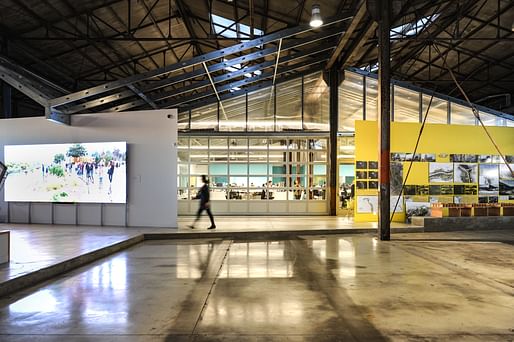

When a recession hits, architects often take it in the gut. The design sector has traditionally been one of the losers of a market downturn, with big real estate developments being put on hold and the need for architectural design services kicked down the road. But during the economic downturn brought on by the COVID-19 pandemic, architecture has been surprisingly robust. — Fast Company
According to the 2022 Otis College Report on the Creative Economy, an annual report by Otis College of Art and Design in Los Angeles that tracks the economic health of creative industries in California, architecture has been the most resilient sector. This is compared to creative goods and products, entertainment and digital media, fashion, fine arts, and performing arts. Between 2019 and 2020, architecture saw only a 2.2 percent decrease in employment. And nationwide, the industry added 670,000 jobs in 2021, the largest amount since before the pandemic-induced global financial crisis. The number of businesses also expanded during this period, increasing by 8 percent.
Economist Adam Fowler, a partner at CVL Economics, who authored the report, attributes the industry’s strength to the high demand for architectural services in areas experiencing robust job growth. He also notes the heightened demand for affordable housing. In addition, the pandemic resulted in the reconsideration of how users utilize space, which has led those to call on architects and designers to adjust living and working spaces.
No Comments
Block this user
Are you sure you want to block this user and hide all related comments throughout the site?
Archinect
This is your first comment on Archinect. Your comment will be visible once approved.